
Photos by the author.
Sitting by the edge of a marsh lake, winds calm, air cool and the sun yet to rise, I am in my photo blind waiting for the wood ducks to hopefully swim near my location.

Concentrating on some distant woodies, now swimming in my direction, I catch movement out of the corner of my eye. It works the shoreline patiently and with purpose. It is a mink. The rich dark brown coat and white chin are visible even in the early morning light. This particular mink is pushing its nocturnal habits. Soon it will be heading to its daytime hideout, possibly an old abandoned muskrat burrow, waiting for night to fall once again. While early morning sightings like this are possible, the mink, a member of the weasel family, would rather do all its handy work under the cover of darkness.
Mink can be found in every county in the state, but numbers are not like they once were. Like many species of wildlife in the state, habitat loss has contributed to the decline in mink numbers. You might not think that so, mink being lovers of water, but human encroachment upon those vital waterways have pinched mink numbers.
Mink seldom travel far from a water source. Creeks, rivers and marshy habitats, like the one I am in, are favorites. Mink can also be found along lakes and local ponds. It is in these places, in the water and throughout the tall grasses that surround water sources, that mink search out their prey. Small fish, frogs, birds, crayfish and mice are targeted food subjects. Mink, however, are most fond of muskrats and undoubtedly are the muskrats worst enemy.
The mink’s nocturnal habits often suggest to folks that there are not many around. If, however, the right habitat exists they are more than likely there. Mink are most likely to make their presence known during the breeding season which occurs in February and March. Male mink, called bucks, can cover an expanse of territory looking for females (does) to mate with, of which they can mate with several. It is during this time that you might find a mink wandering about well past sunrise.

Once the female has become pregnant, she gives birth in a den of some sort. Dens can be in abandoned muskrat burrows, exposed tree roots, rocky outcroppings, abandoned burrows of other creatures or burrows of their own making along a water source.
Like other members of the weasel family mink can experience delayed implantation. This especially occurs with young females, but also with adults that mate very early in the season. Pregnancies can be delayed until the right environmental conditions suggests an appropriate time to give birth which could be up to 75 days after mating.
Mink kits are typically born early in May. Most litters will be from two to seven young with four being the average. Mink kits grow quickly and will begin to hunt by the age of just eight weeks.
Other Mink Facts
- Mink can climb trees.
- Mink can swim up to 50 feet underwater.
- While mink do not really “run” they can bound up to 4 miles per hour.
- In warm water mink can swim up to three hours without stopping.
- Mink begin breeding before they reach a year of age.
- Male mink can weigh up to four pounds while females will weigh less than two.
- Mink kill most of their prey with a bite to the neck.
Learn more about the American mink at Wildlife Illinois.
Kevin Wright is an award winning outdoor writer and wildlife photographer whose work has been published in a number of publications and websites throughout the country. He lives and works out of central Illinois.






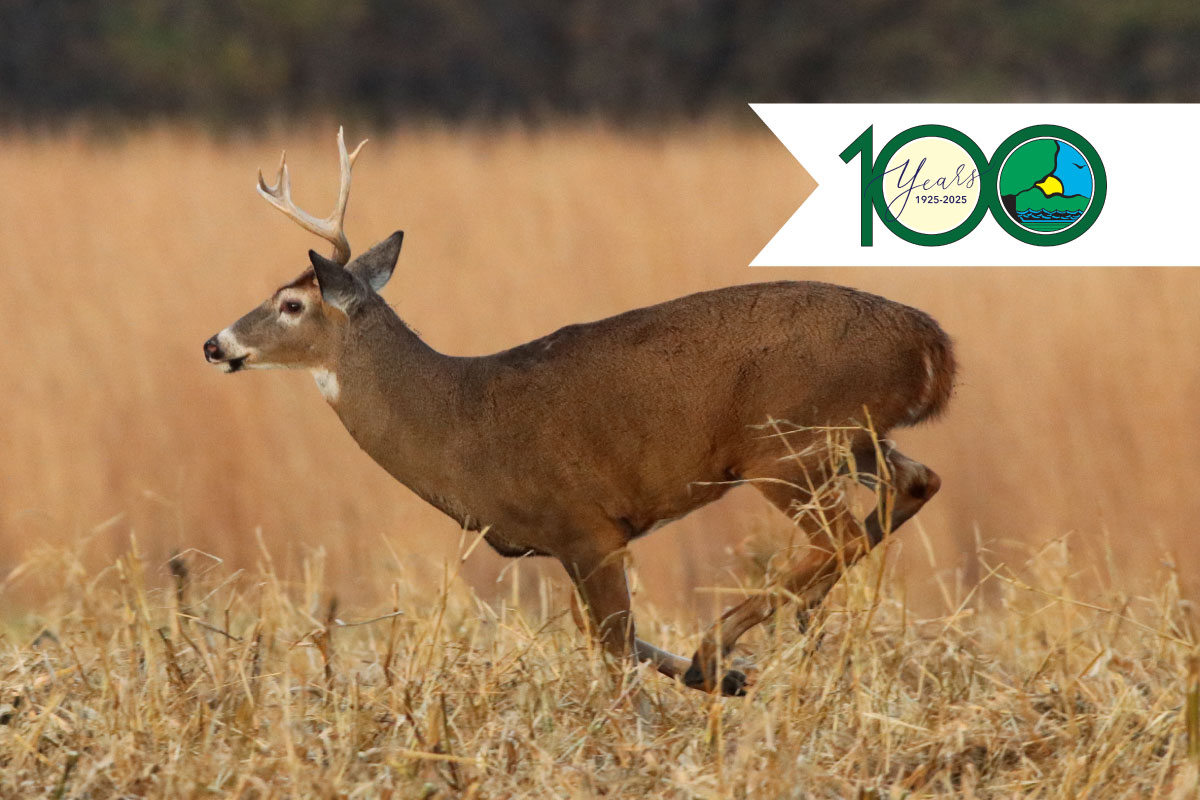
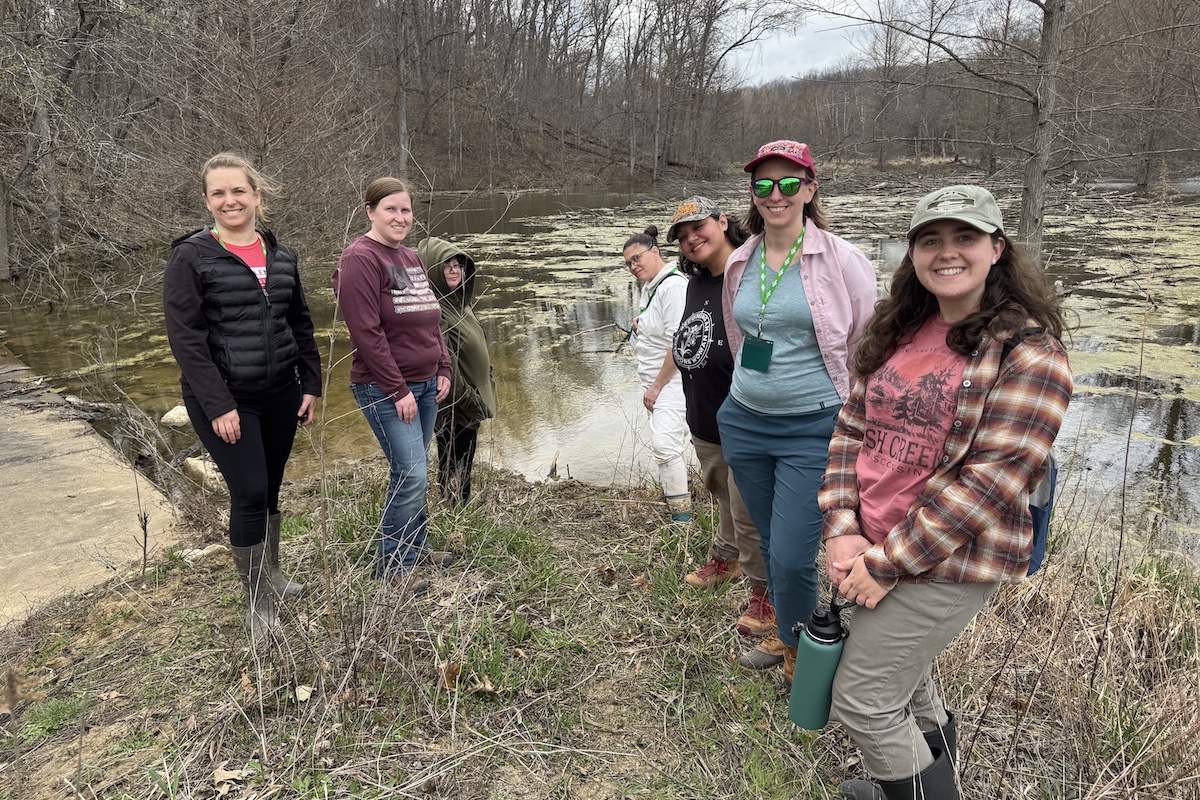
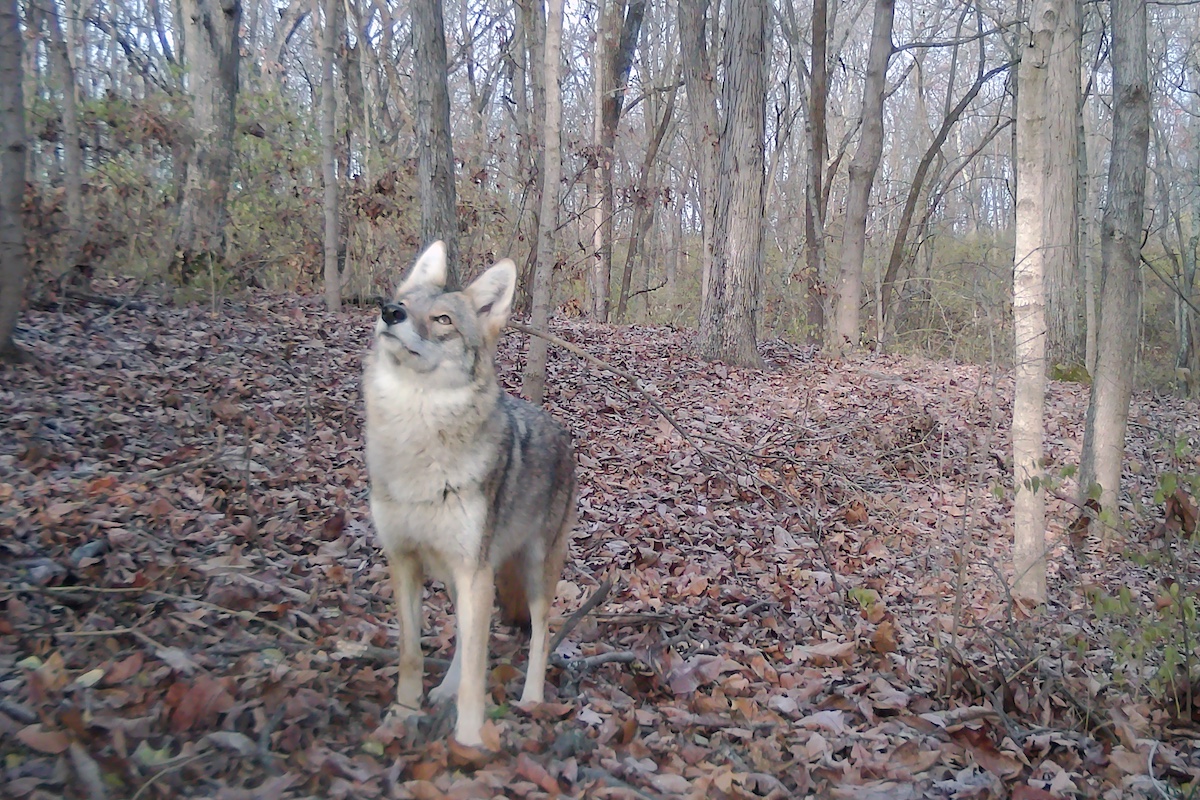
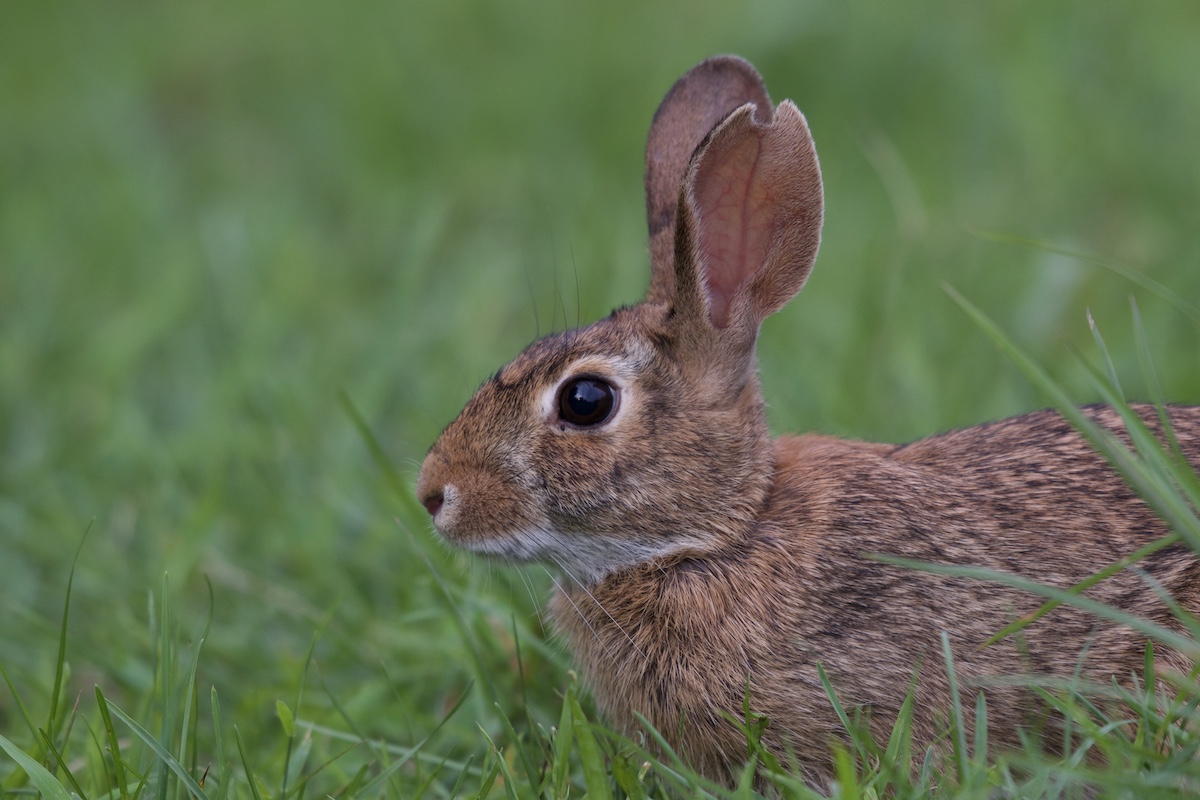
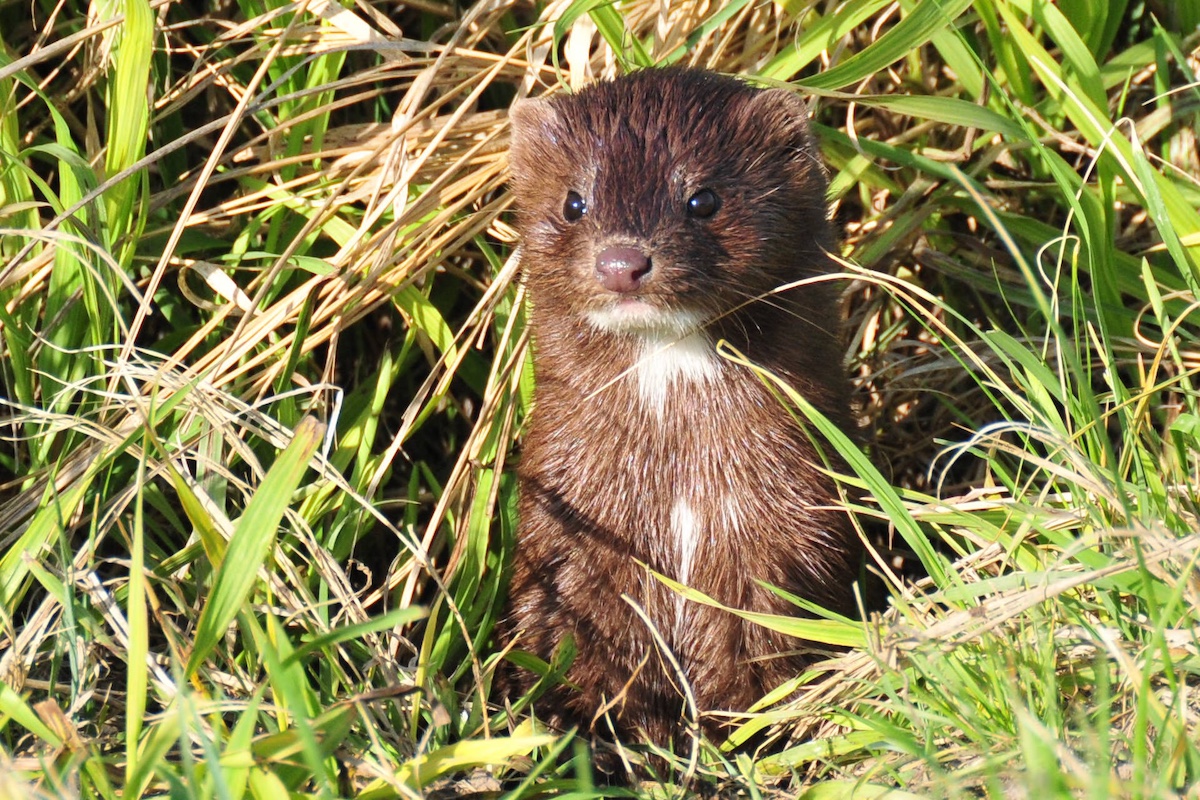
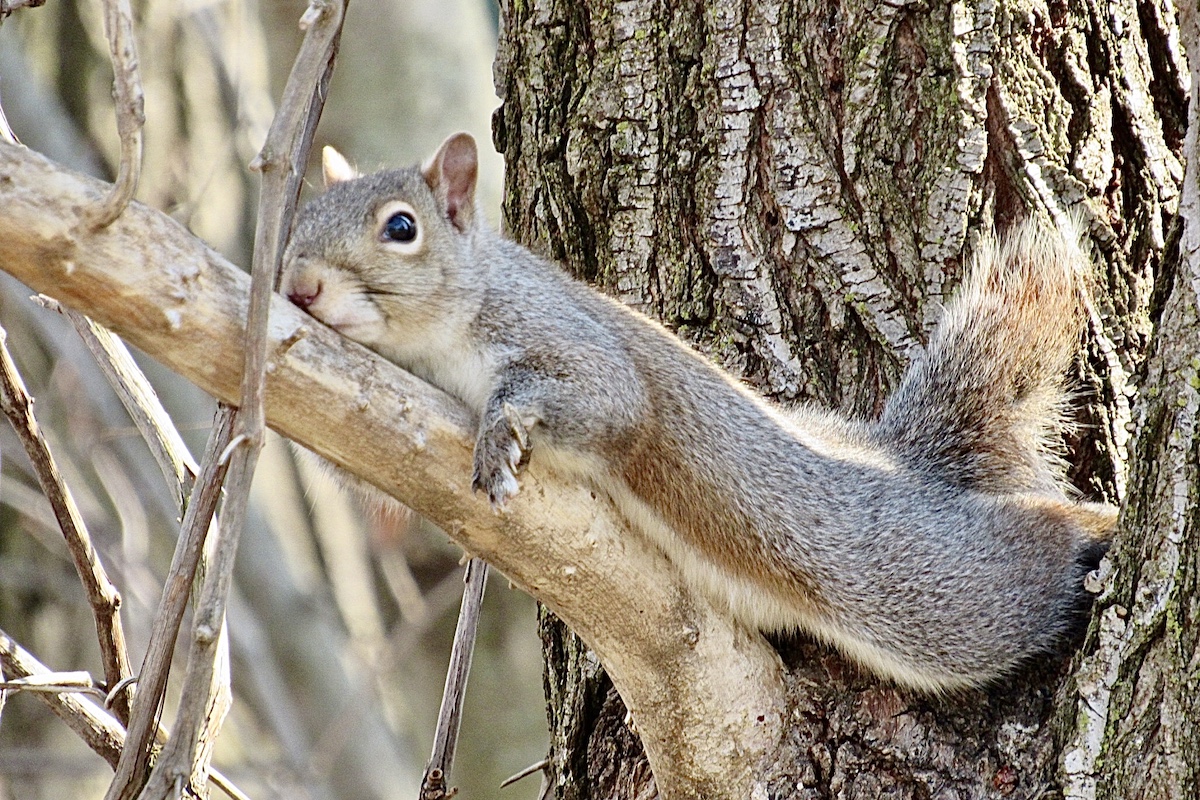




Submit a question for the author